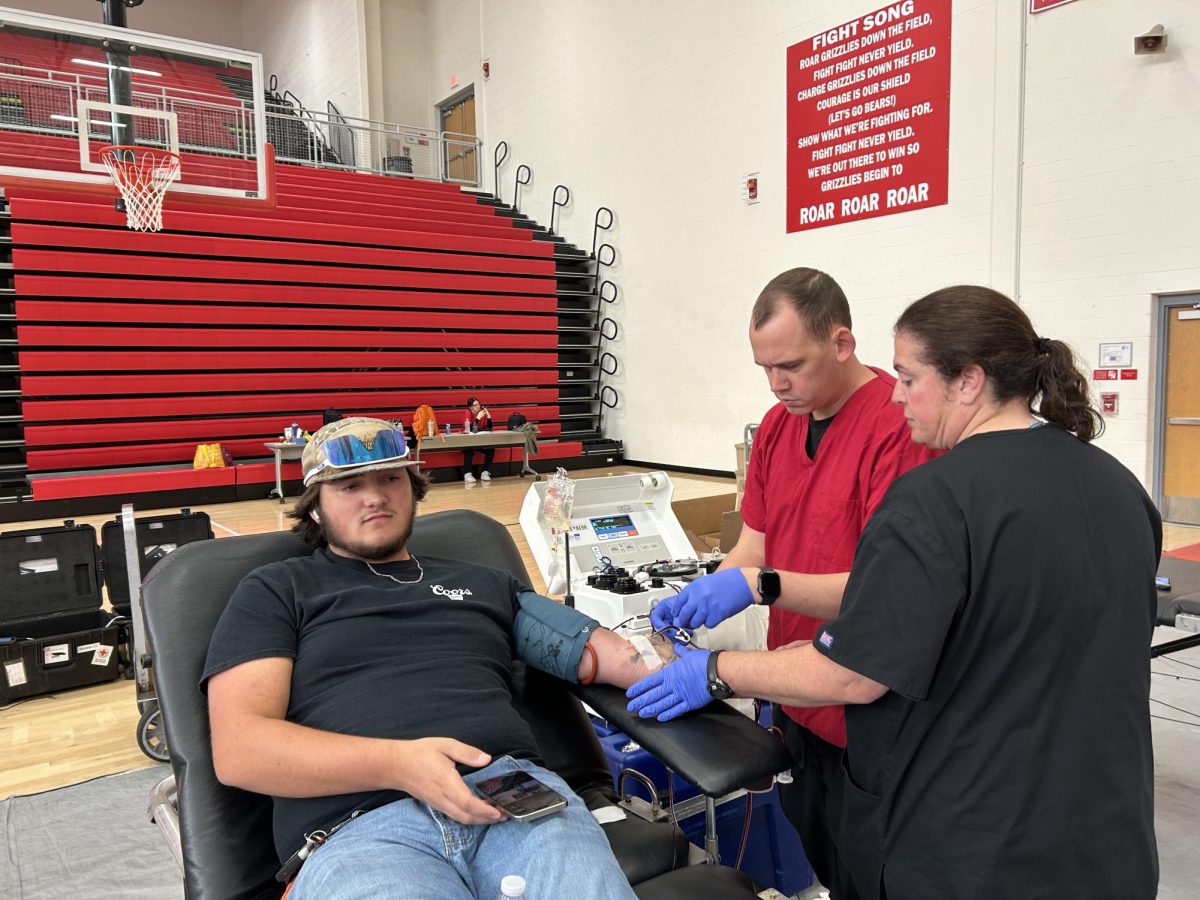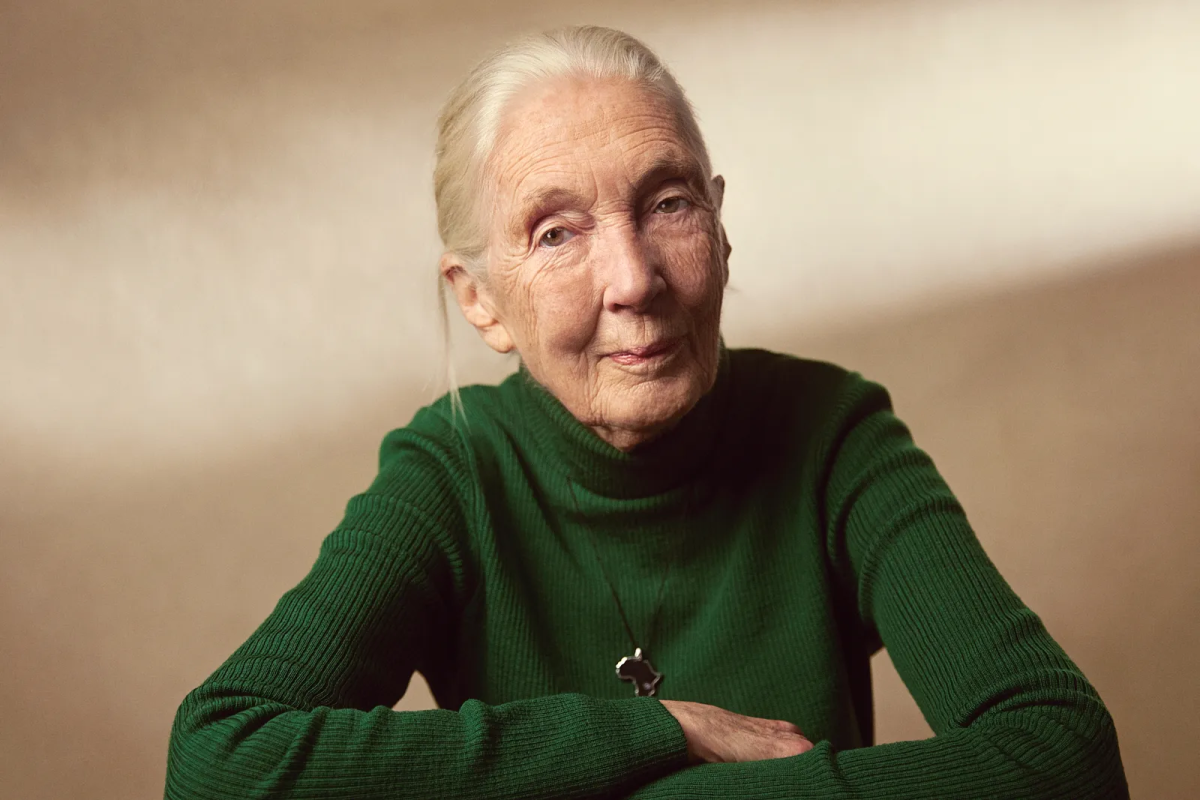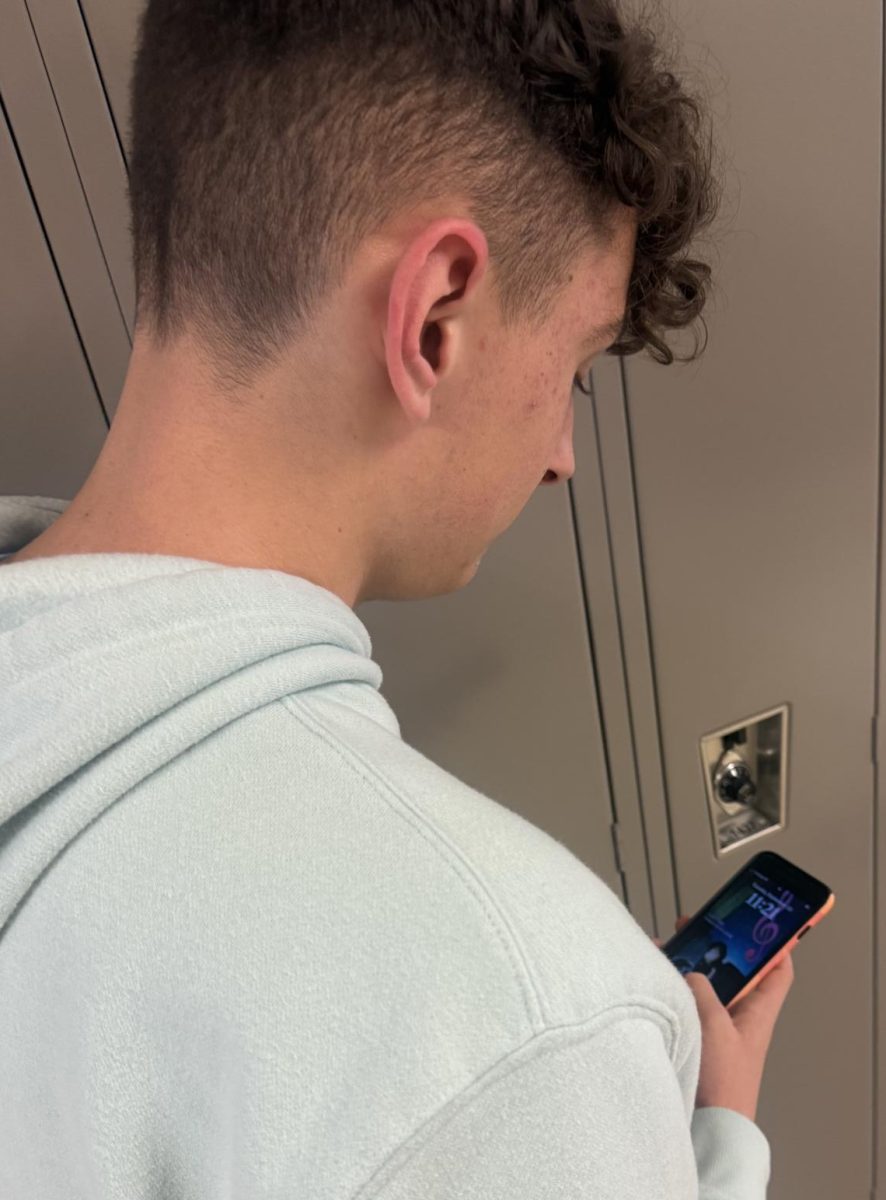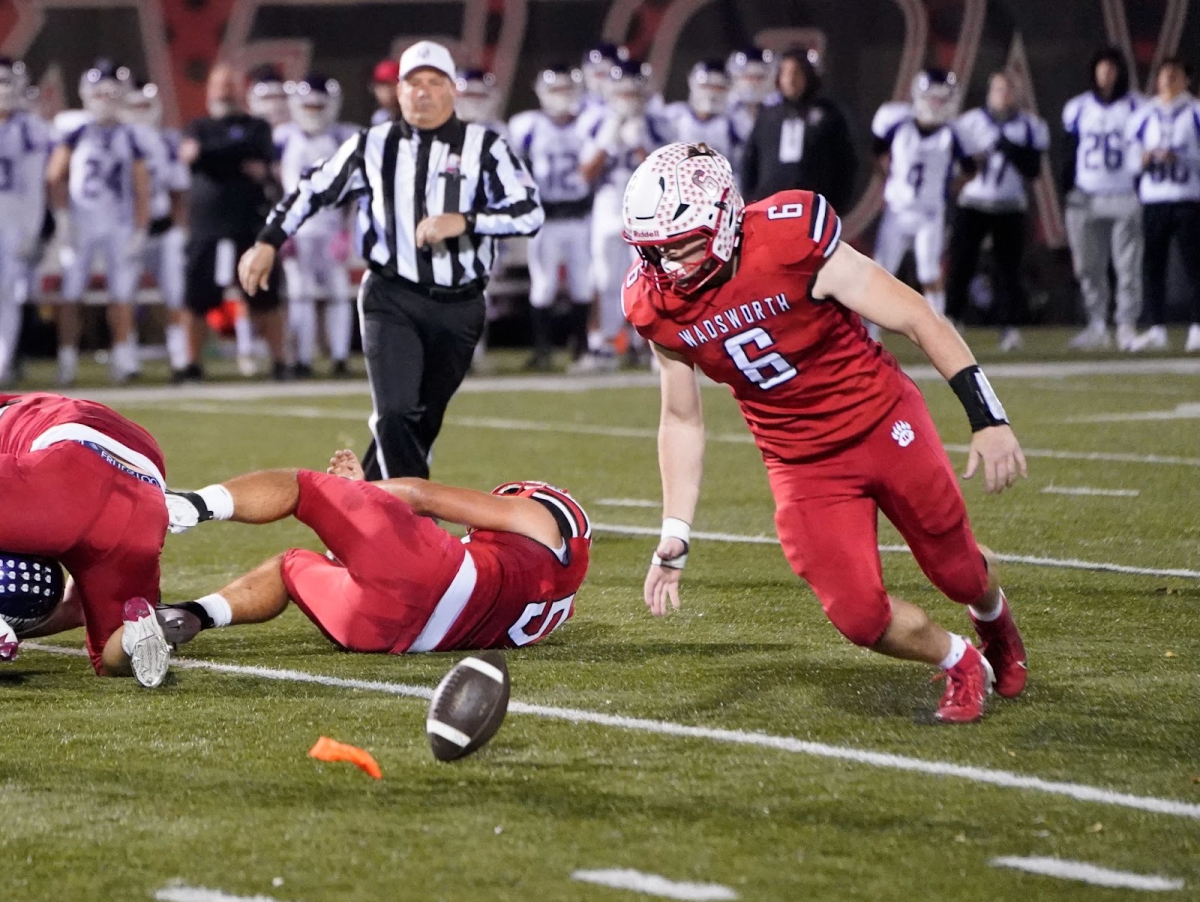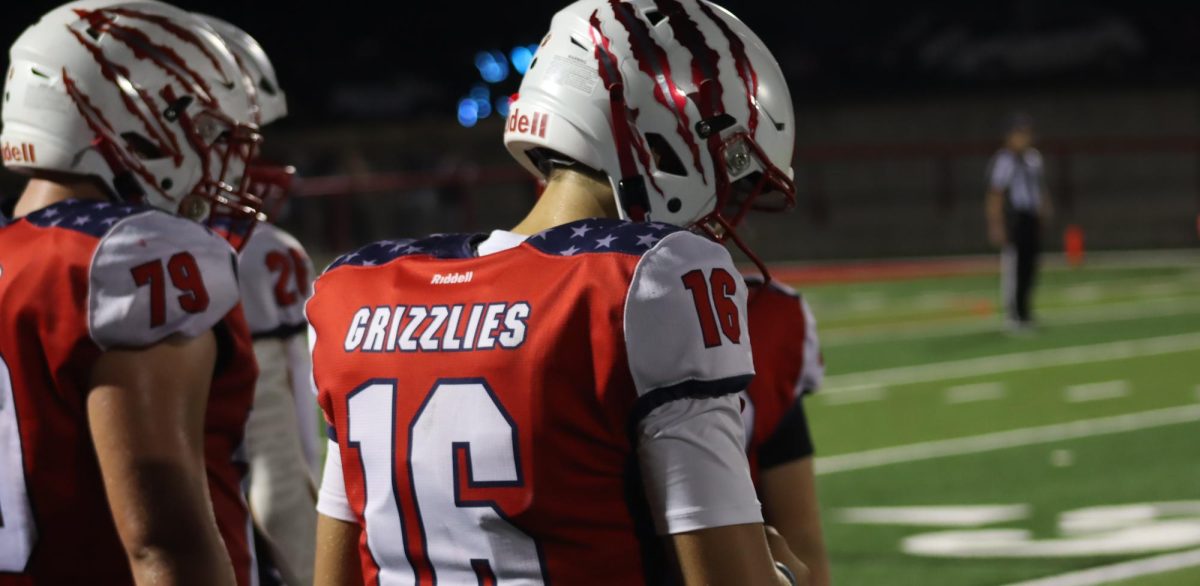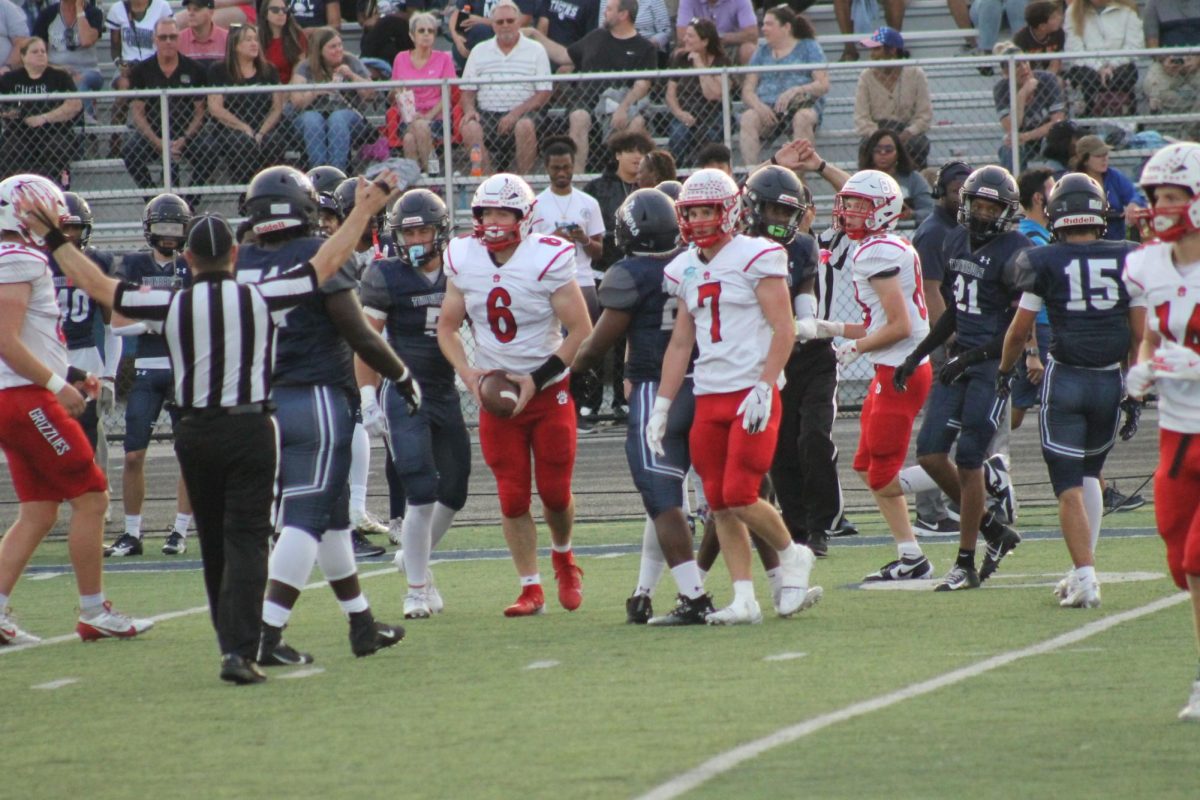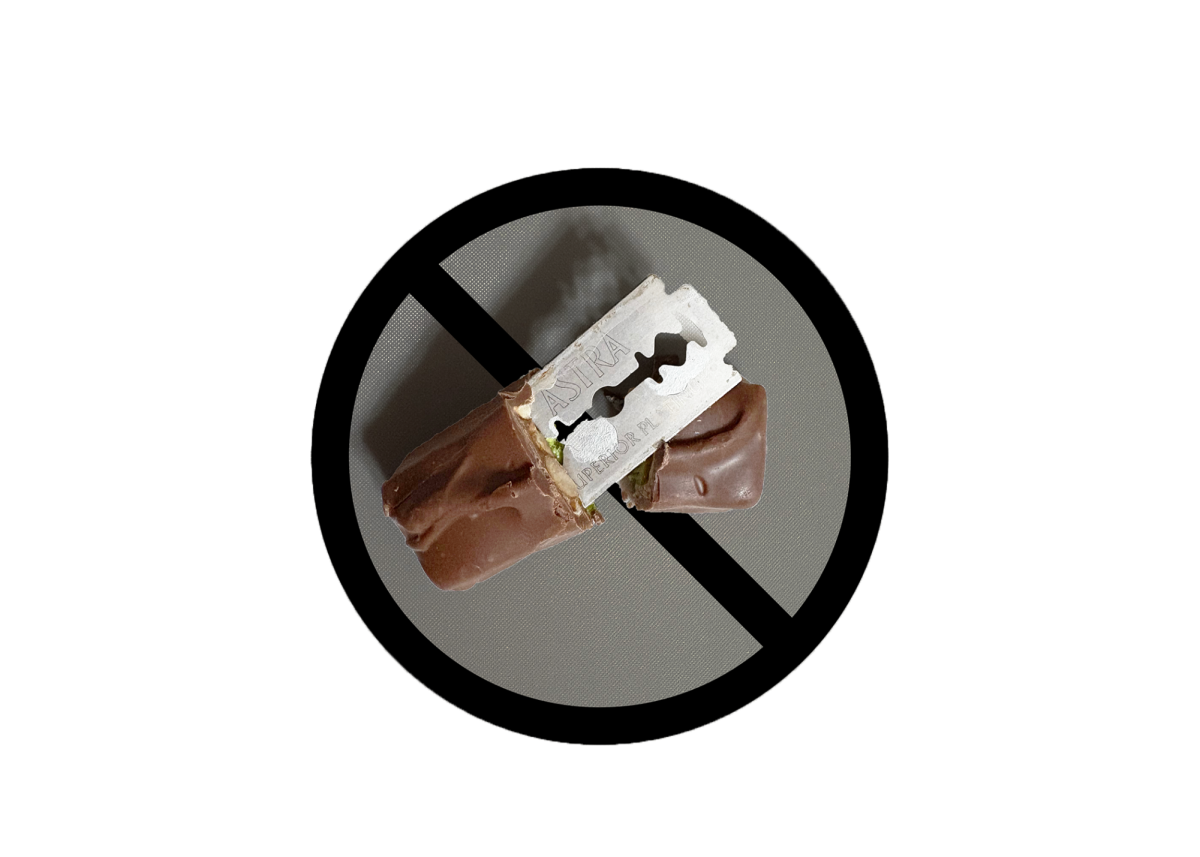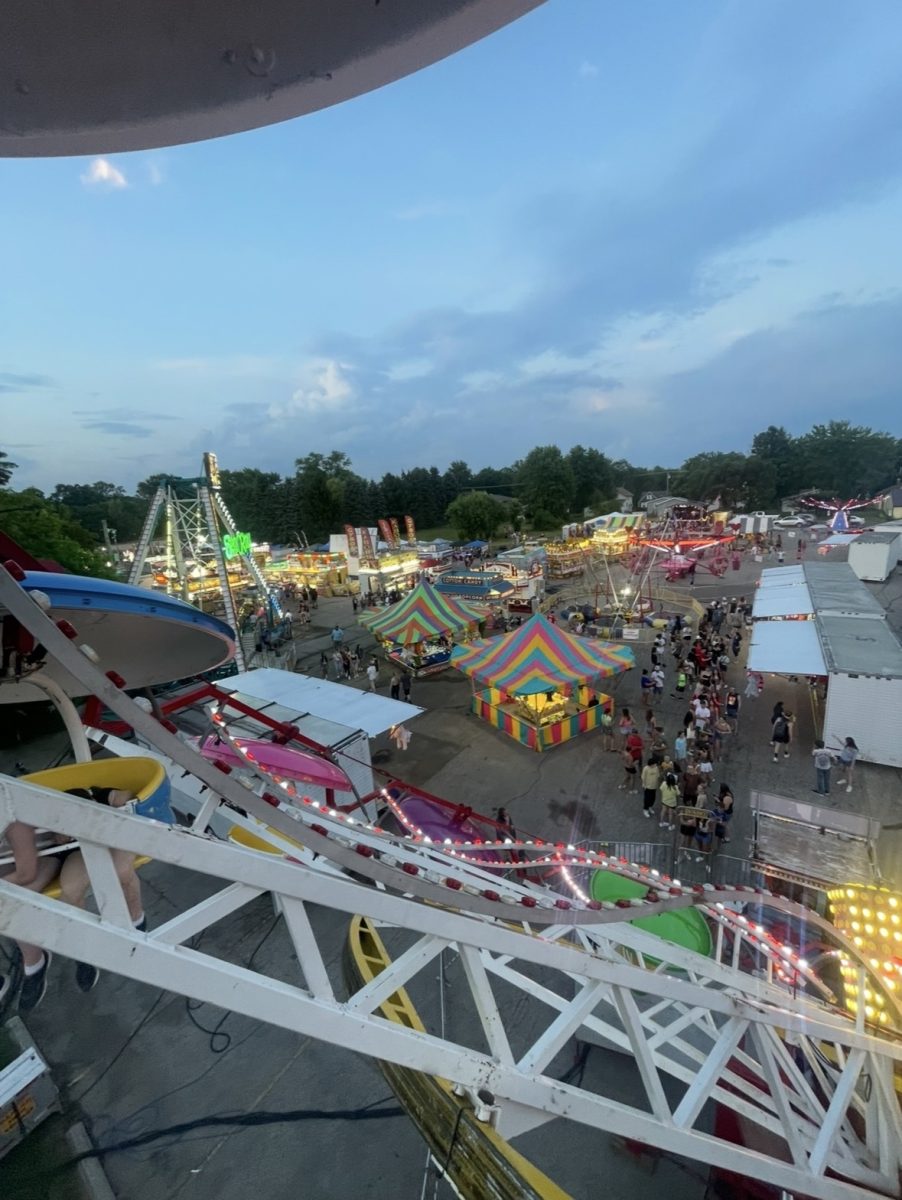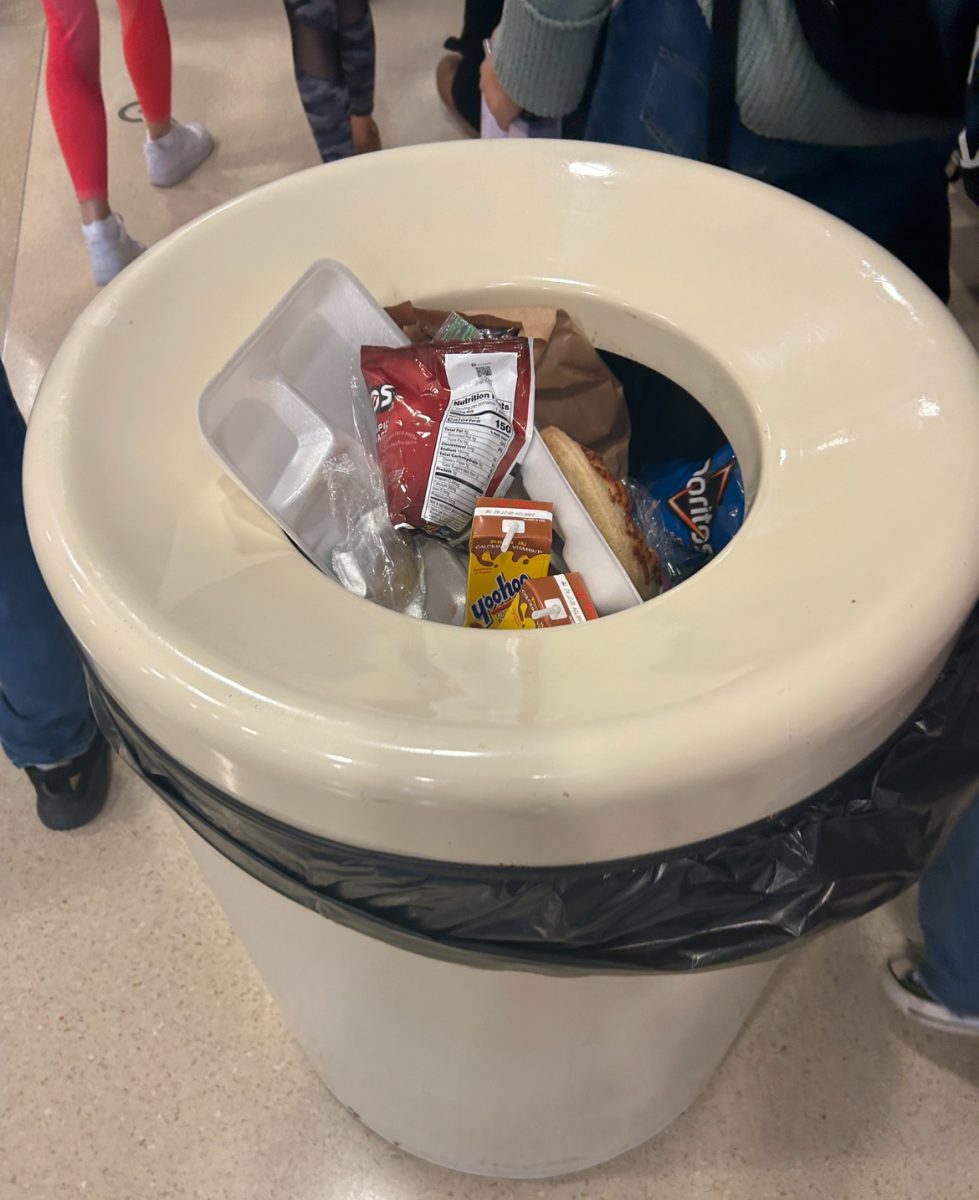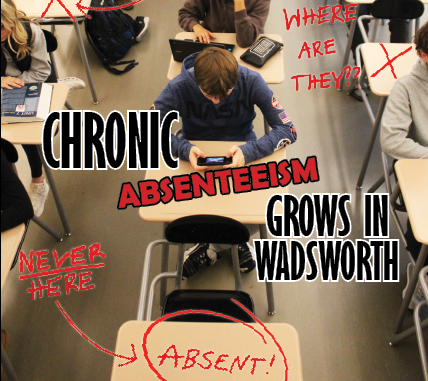
With overflowing trash cans and food left across the lunch tables of WHS, the question arises; does WHS waste significant amounts of food?
Because they never know exactly how many students they will be serving each day, the cafeteria staff has to try their best to keep the waste at a minimum while also having enough food for any student who wants to buy lunch.
“We try to keep it very close to the numbers,” said Mrs. Kelly Gnap, Food Service Director for the Wadsworth School District.
When they do have leftovers, they try to avoid just throwing them away or wasting them.
“We have really good refrigeration here, so if it is a menu item that is not as popular, we might refreeze it and then serve it again the next time it’s on the menu.”Although students typically do not eat a full lunch, which consists of three food groups, the school must follow the USDA standards because they get reimbursements for full lunches.
“We see a lot more of the fruits and vegetables being tossed than the main entree items,” Gnap said.
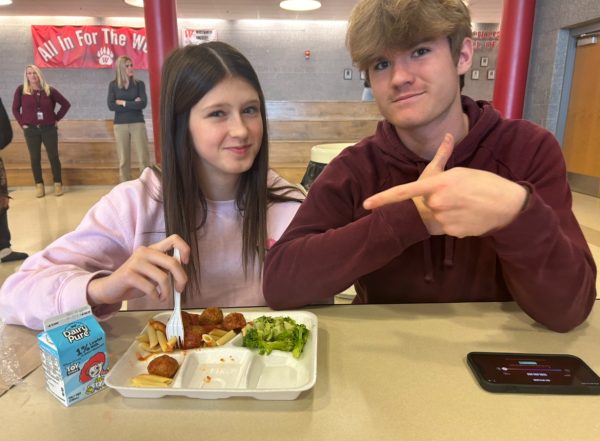
Gnap tries to order more packaged food so that the students can take the food home if they do not want to eat it during lunch, but students often still throw those away anyway.
“I know how much those things cost and if I am seeing them fed to the trash can it makes me sad because I know I could save that money or utilize it for something else, or even donate it,” Gnap said.
Additionally, the large amount of food waste that takes place can have negative impacts on the environment.
“One of the biggest concerns with wasted food in the United States is that it goes to landfills,” said Mr. Jason Jurey, Head of the Science Department and Advisor of the Environmental Club. “Once it goes to the landfill, at some point it is going to be buried and the amount of oxygen that is able to get to the food, to decompose it goes down. When there is no longer any oxygen, we switch to anaerobic respiration, which means that instead of making carbon dioxide as waste, we are going to make methane as waste. And methane is a much stronger greenhouse gas than carbon dioxide.”
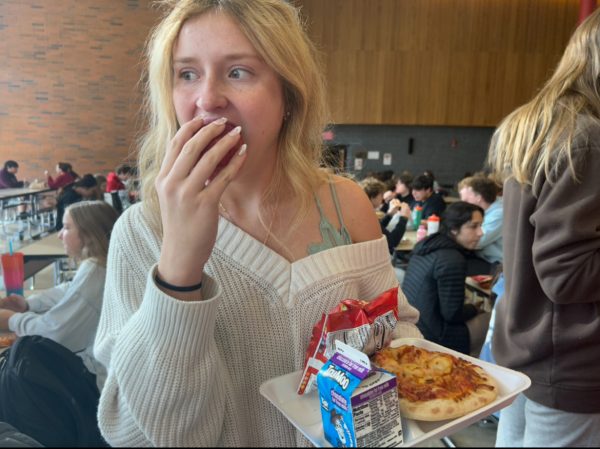
Composting is one solution that could be considered however it can be difficult to implement that in big school buildings.
“I think we have a problem with food waste, but to be fair, I think most places do,” Jurey said. “It’s pretty forward to have composting in big facilities like the high school just because it requires huge amounts of coordination and infrastructure.”
Though food waste can be detrimental to our environment, there are many different solutions to live a greener lifestyle. For example, Mr. Schoonover, an English teacher at WHS, got creative in his efforts to limit the amount of waste in his household.
“I have a worm farm in my basement that I feed all my food scraps to,” Schoonover said.
He puts worms into a bin filled with dirt and paper scraps along with food. The worms eat the scraps and climb up into the box above. This leaves healthy soil behind the Schoonover uses in his garden.
He also explained how some people create methane digesters, which a bags you fill with water and food waste, trapping methane gas, which allows you to grill without using propane tanks.
“You can basically use all your waste in order to generate all the cooking gas that you would need,” Schoonover said. “Normally that’s gas that would be released into the atmosphere.”
Though some food waste is inevitable, the WHS cafeteria tries its best to limit thrown-away food, by saving some to serve again later and having prepackaged items students can take home and eat later. Teachers at Wadsworth High also share their knowledge on going green and the different ways they limit food waste in their own lives.


